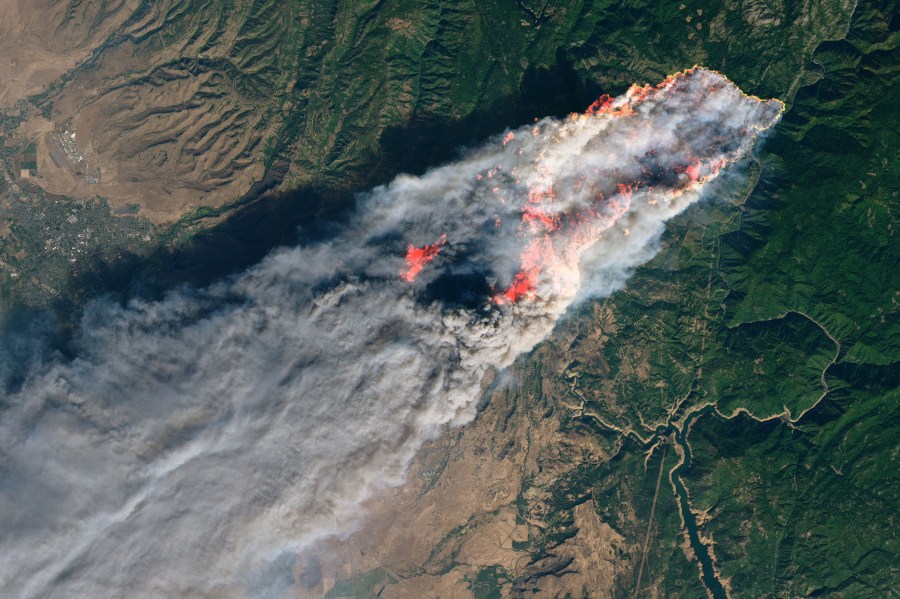SAN FRANCISCO (KRON) — With the need for new firefighting technology magnified more than ever, researchers are beginning to approach wildfires with a “warlike mentality,” experts say.
“As little as five years ago, fires were a nuisance, but they were not at the scary states they are now,” said Tarek Zohdi, director of UC Berkeley-based Fire Research Group.

2018 was marked by the deadliest and most destructive wildfire in California’s recorded history — the Camp Fire in Butte County killed 86 people, burned 18,800 structures, and all but wiped Paradise off the map. 2018 also witnessed the largest-ever wildfire: the Mendocino Complex Fire scorched nearly half a million acres.
Former governor Jerry Brown characterized larger, more frequent, costlier fires as “the new normal.” To confront the problem head-on, researchers throughout the University of California system are thinking outside of the box.
“The growing frequency and severity of California wildfires drive home the real climate crisis we face,” said UC President Janet Napolitano. “This is why our experts are working on more than 100 innovative projects to help keep Californians safe in this new wildfire-prone era.”
For example, Zohdi assembled a team of top firefighters, mechanical engineers, physicists, and roboticists from around the Bay Area to form the Fire Research Group.
“Firefighting in the past was always seen as a mundane, not scientifically interesting, problem for engineers and scientists. It was mainly boots on the ground. Send firetrucks. If the fires get out of control, them shame on you, send more firetrucks. It’s a manpower issue,” Zohdi said.
But a crumbling infrastructure of powerlines, combined with a drier climate, has changed how the academic world views firefighting.

The UC Berkeley team is developing data-gathering drones to predict a fire’s path. It’s also exploring giant air scrubbers to suck smoke-filled air from the sky to prevent respiratory illnesses.
Some of the other new cutting-edge projects happening at UC’s across California include:
- UC San Diego’s swiveling infrared cameras that can detect fires 80 miles away and send images to officials in the crucial early minutes of a wildfire. Since cameras were installed in fire-prone San Diego County in 2017, no fire-related fatalities have been reported. The goal is to install 900 of these devices around the state.
- UC Santa Cruz and other campuses have developed Internet of Things-connected mini-weather stations to detect wildfires upon ignition. The solar-powered smart devices cost as little as $200.
- UC Riverside is ensuring first responders stay connected with wide area mobile communication and robust social media platforms when cellular service goes down in a disaster. The campus is also using virtual and augmented reality to aid firefighting operations and training.
READ MORE: To learn more about how scientists, engineers, and firefighters are taking a new approach to wildfires, read the 2019 Fire Immediate Response System Workshop Report.
